ABB PM511V16 3BSE011181R1 – Processor Module
- Technical Specifications
- Processor Type: PowerPC 603e or PowerPC 750, with a main – frequency of up to 800 MHz.
- Operating Voltage: 24V DC.
- Output Power: The maximum output power is 16W.
- Working Temperature Range: -20°C to +60°C.
- Storage Capacity: 2MB flash memory and 256MB SDRAM.
- Communication Interface: Support Ethernet, serial port (RS – 232/RS – 485), Profibus DP, CANopen, EtherCAT, etc.
- I/O Points: 16 digital inputs and 16 digital outputs, 4 analog inputs and 4 analog outputs.
- Size: 230mm x 170mm x 65mm.
- Protection Level: IP65.
- Installation Method: DIN – rail installation.
- Weight: About 1.5 kg.
Detailed content
- Function Features
- High – performance Processing: Equipped with a high – performance processor, it can quickly execute complex control algorithms and data processing tasks, ensuring the efficient operation of the control system.
- Modular Design: It is a pleated module with an Express module, which can be easily integrated with other modules to expand the function of the control system, meeting the needs of different industrial applications.
- Large Memory Capacity: With 8MB dynamic RAM (ECC – enabled) and up to 32GB EMM, it can store a large number of control programs and data, providing a guarantee for the stable operation of the system.
- Multiple Communication Protocols Support: Compatible with picmg express r 2.1, Type 10, and supporting a variety of industrial protocols, it can communicate with various automation systems and devices, realizing the collaborative work of the entire automation system.
- High Reliability: With ECC – welded memory and flash memory, it has strong seismic resistance, and can still maintain reliable data storage and long – term stable operation under extended temperature conditions.
- Real – time Operation: Usually runs a real – time operating system, which has a high – speed response to time – sensitive tasks, ensuring the real – time performance of the control system.
- Programmability: Users can use the programming language of IEC 61131 – 3 standard to write custom control logic and application programs, with strong programmability.
- Diagnosis and Monitoring: It has diagnostic and monitoring functions, which can help operators monitor the system performance and quickly troubleshoot faults, reducing system downtime.

- Application Scenarios
- Manufacturing Industry: It is used to control production lines, machine tools and other equipment, realize the automation of production processes, and improve production efficiency and product quality.
- Power Industry: Applied to the monitoring and control of power plants, substations and power distribution systems, ensuring the stable operation of the power grid.
- Chemical Industry: Used in the monitoring and control of chemical production processes, such as the control of reaction furnaces, pipeline flow, etc., to ensure the safety and stability of chemical production.
- Transportation System: It can be used in traffic signal control, railway and airport control systems to realize the logic control and monitoring of transportation facilities.
- Building Automation: Used for the control of lighting, HVAC and other systems in large – scale buildings, to achieve intelligent management of buildings and save energy.
- Water Treatment and Environmental Protection: Applied to water treatment plants and environmental protection facilities, used to monitor and control the water treatment process, ensuring the quality of treated water meets the standards.
- Food and Beverage Industry: Used to control production lines and equipment in food and beverage production, ensuring the consistency of product quality and production efficiency.

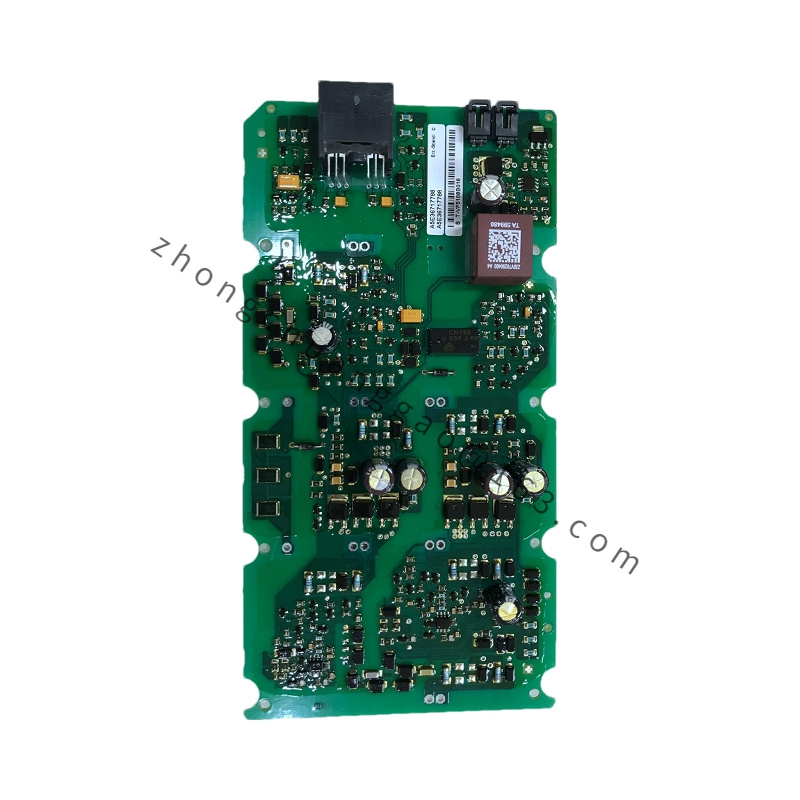
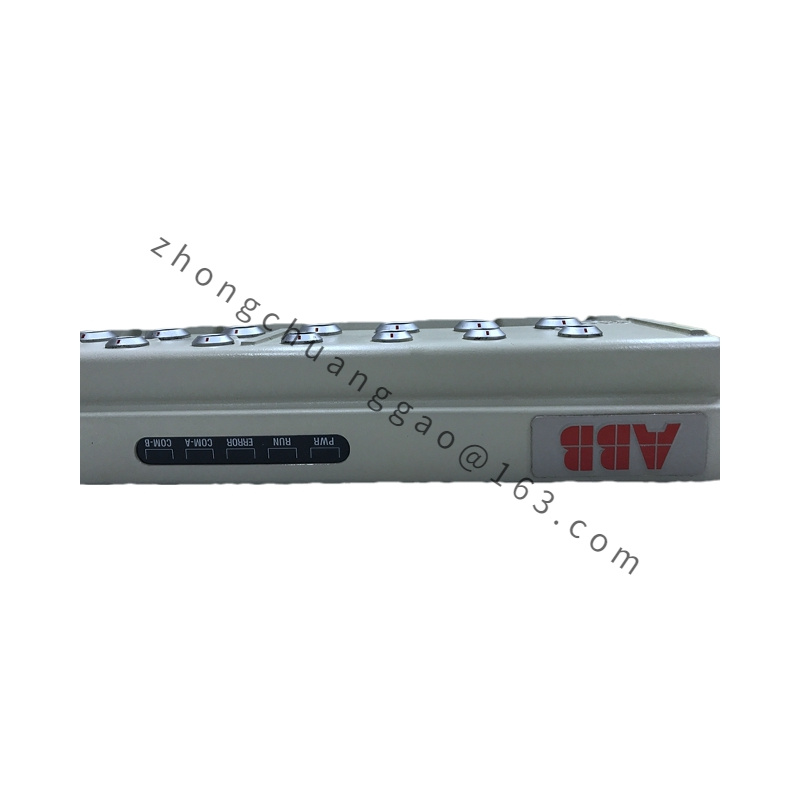
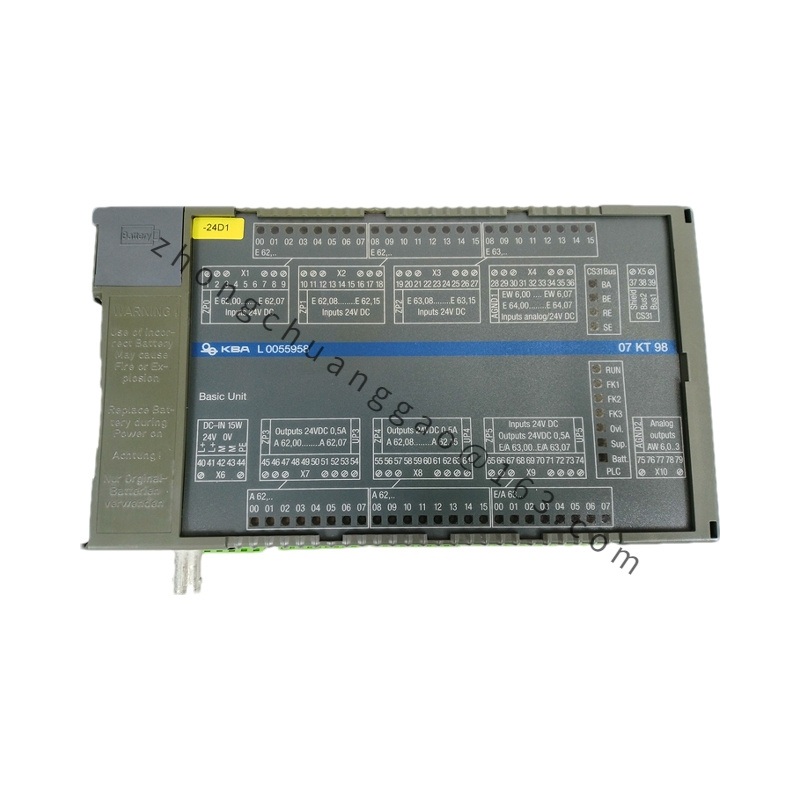
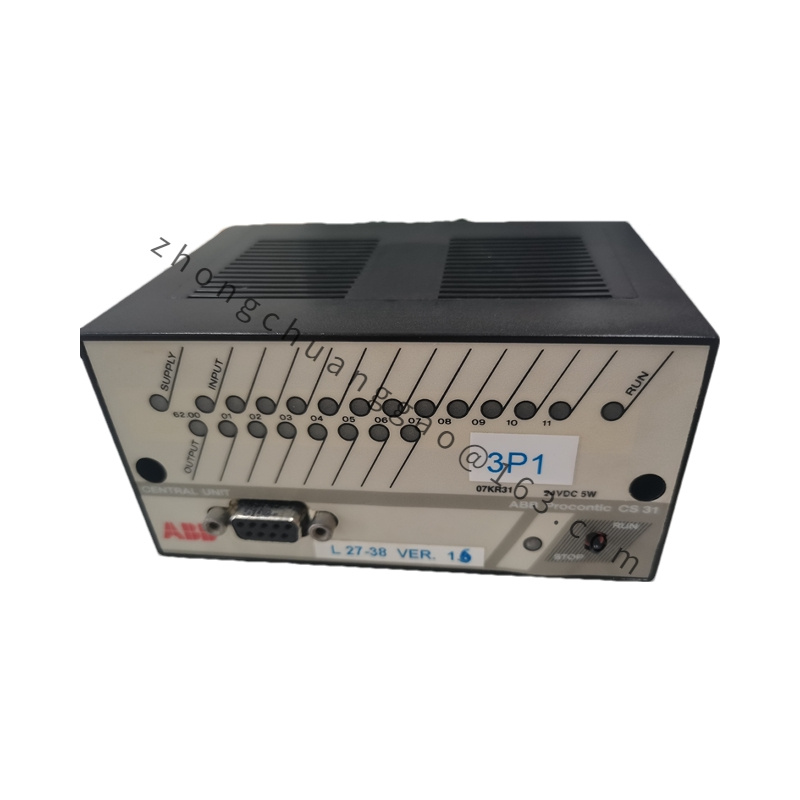
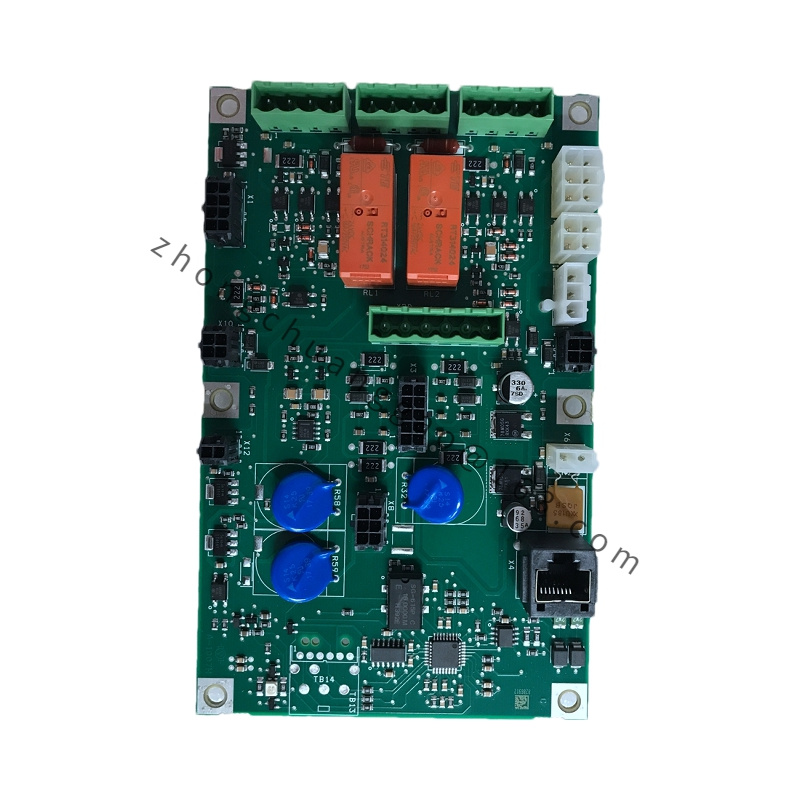
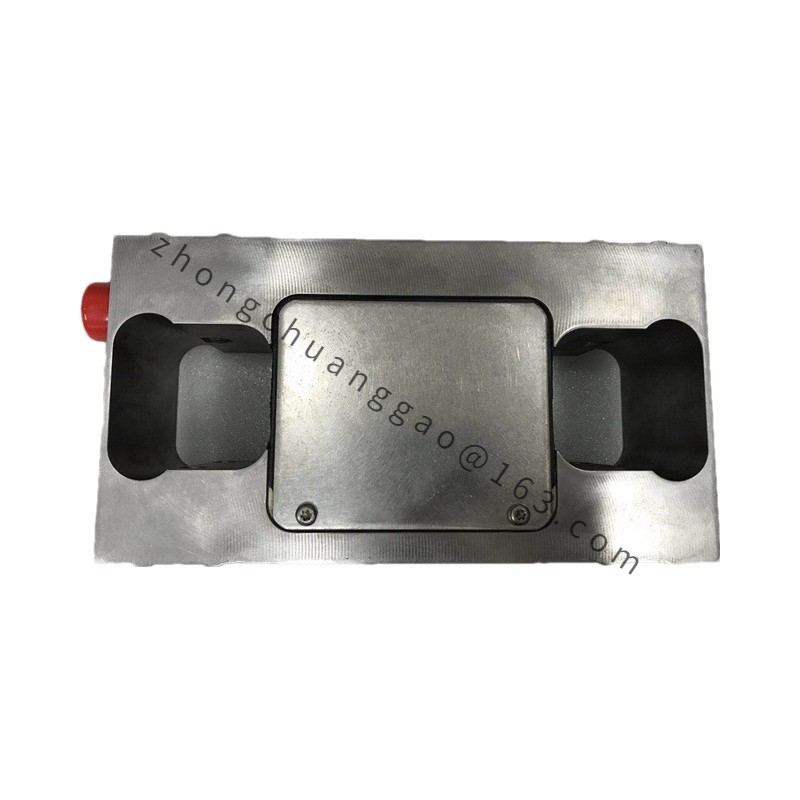
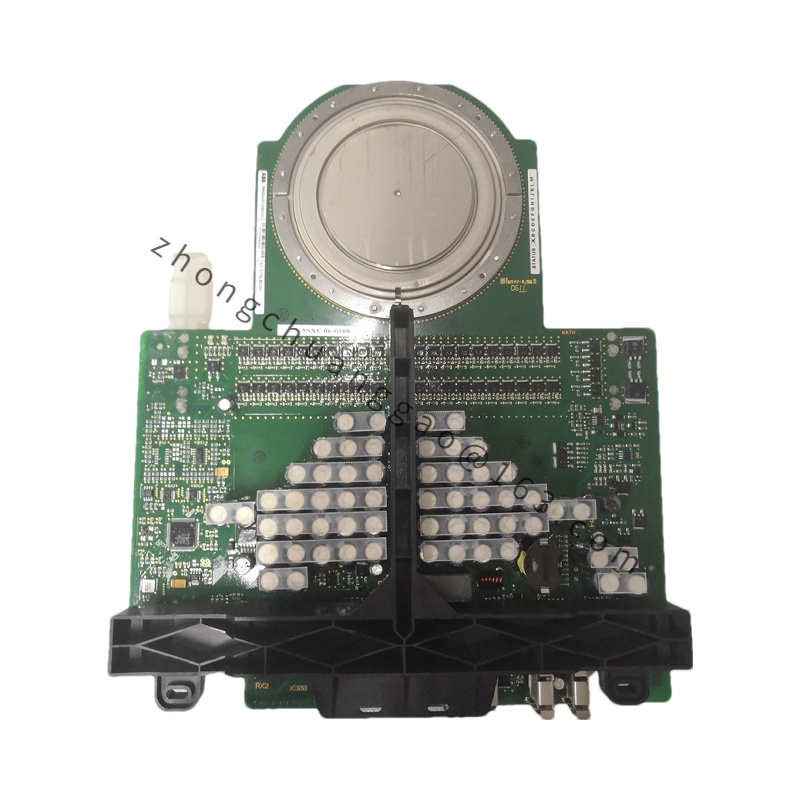
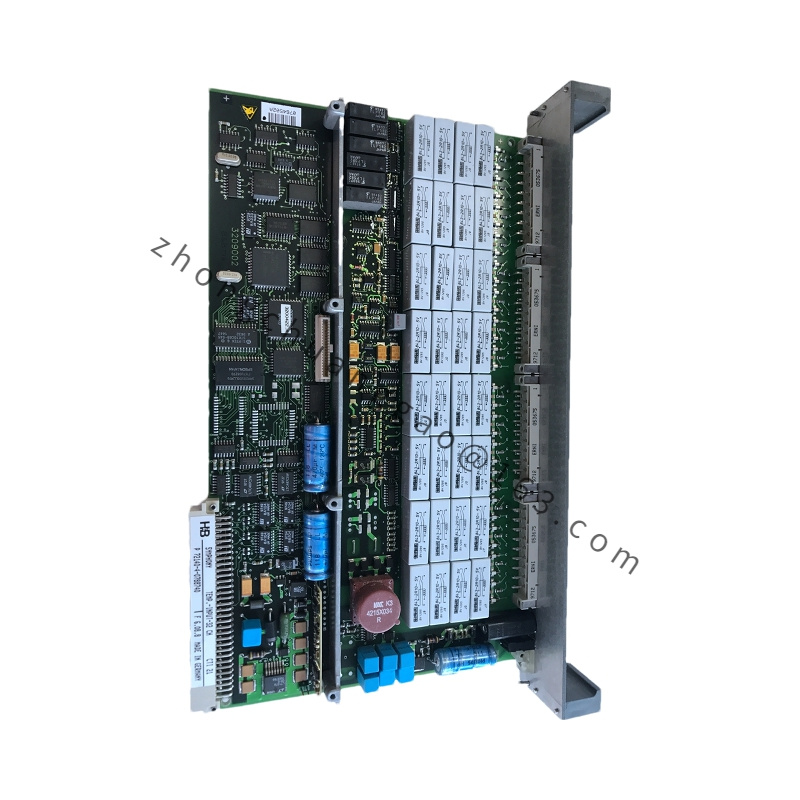
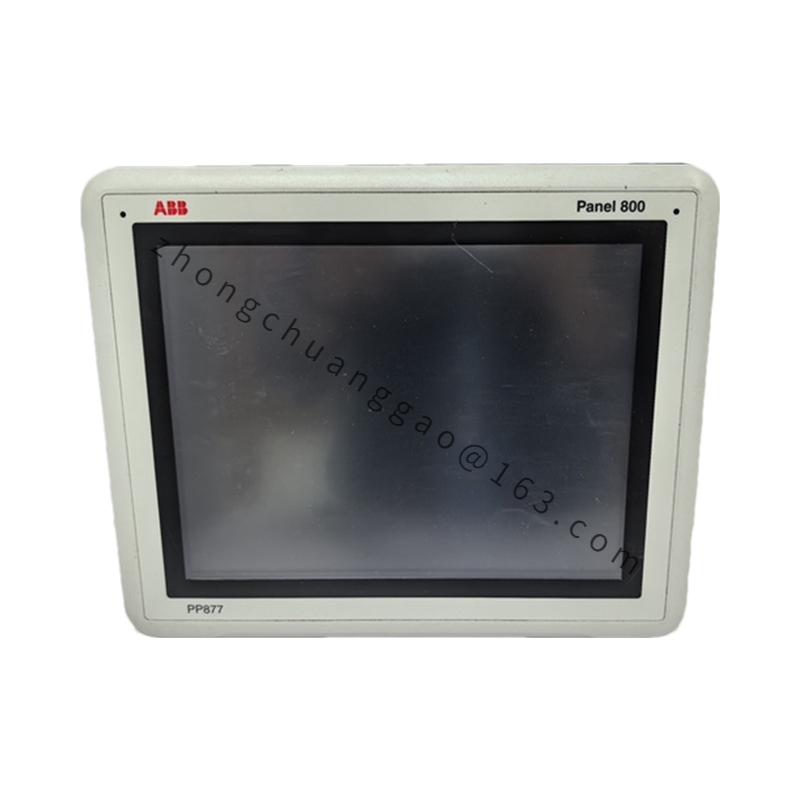

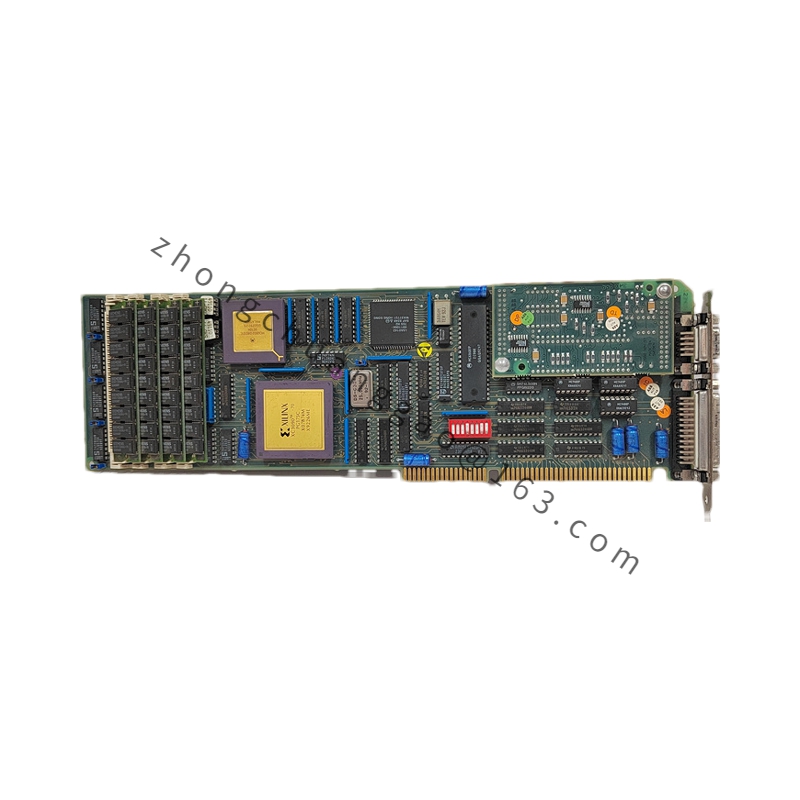
.jpg)